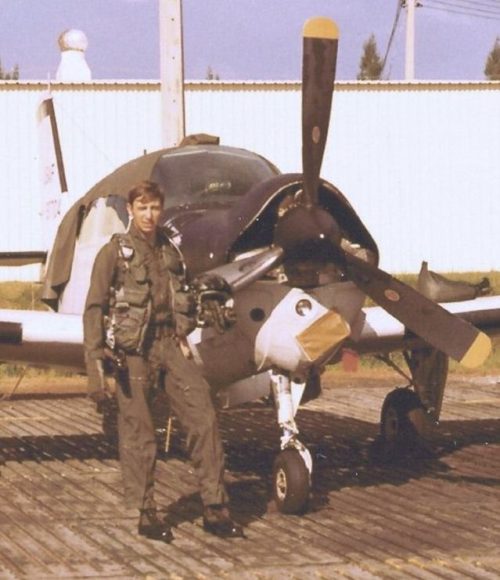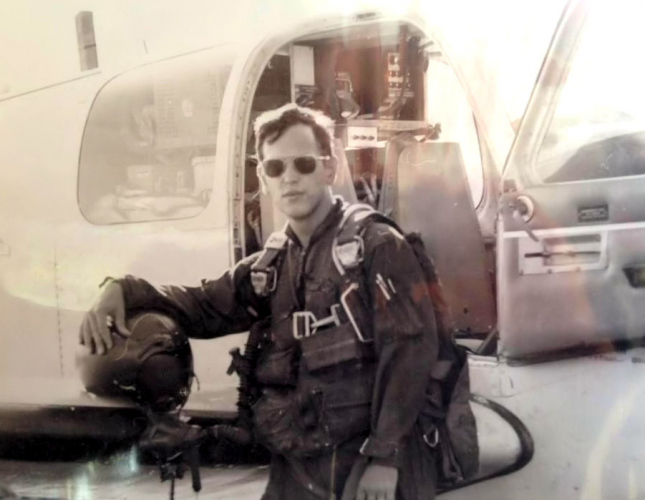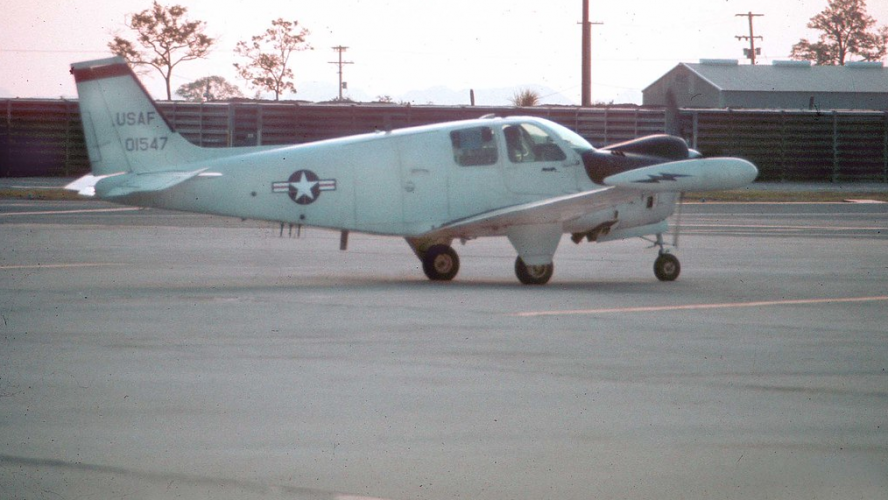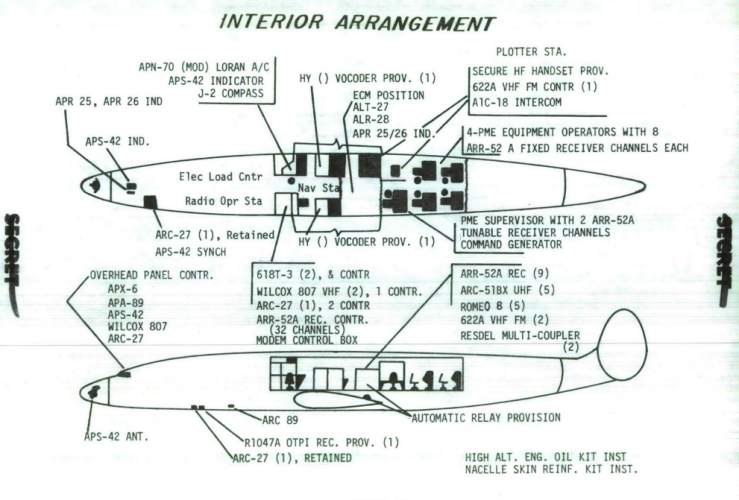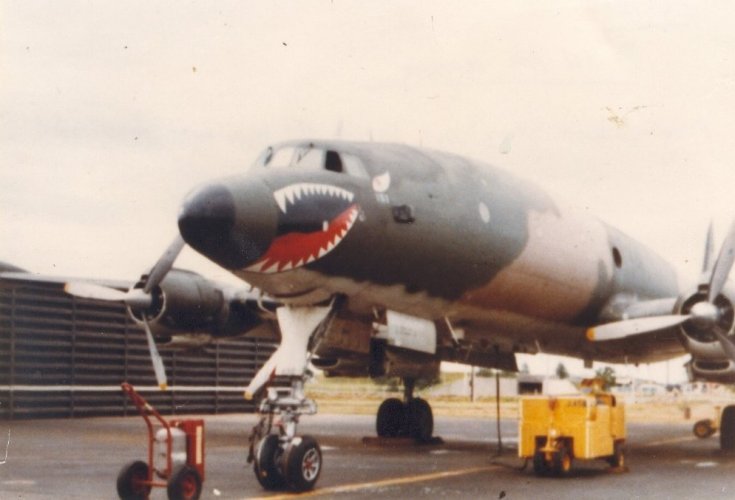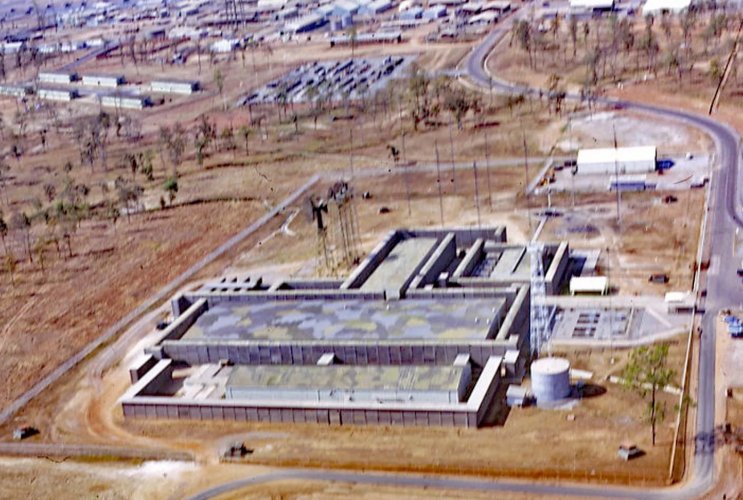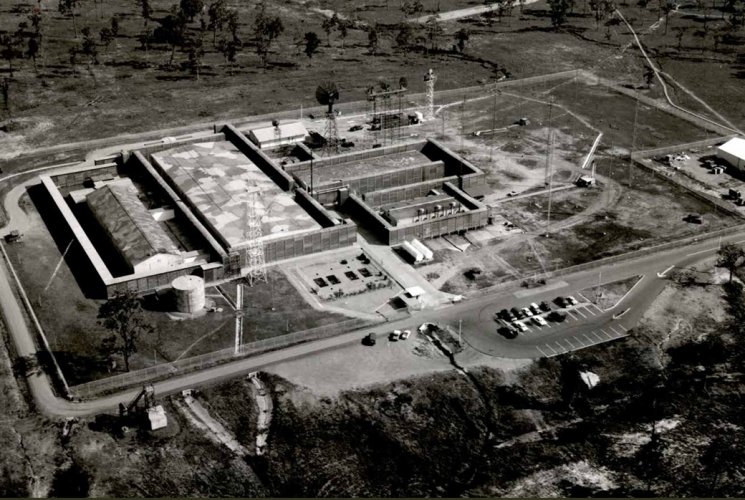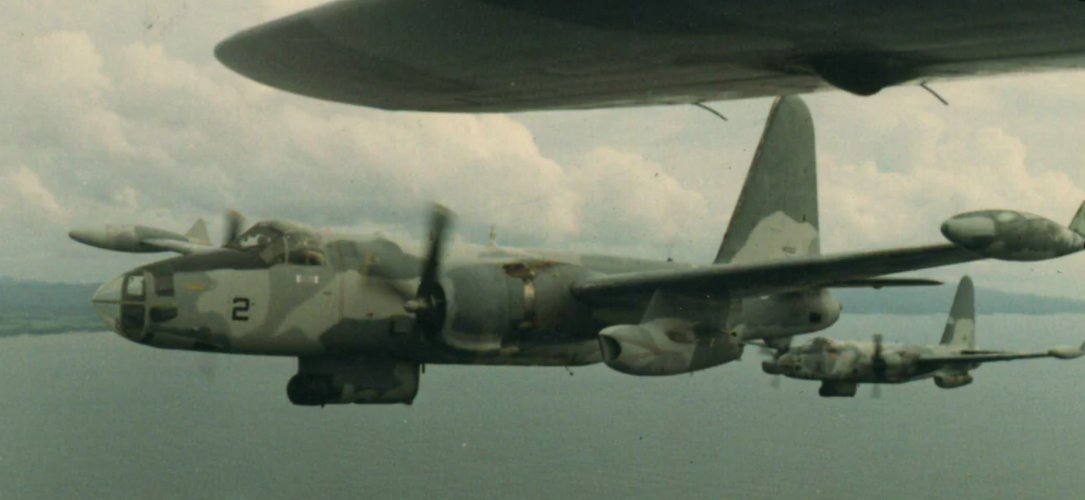- Joined
- 29 July 2009
- Messages
- 1,767
- Reaction score
- 2,456
This thread is to examine the aircraft, systems, and networks that were involved in the 'electronic barrier' that was part of the McNamara Line, a defensive line developed to block North Vietnamese and Viet Cong soldiers from accessing South Vietnam along the Ho Chi Minh Trail. The aircraft known to be involved in the effort was the OP-2E, EC-121, manned and unmanned versions of PAVE EAGLE (Beech Debonair). Other aircraft supporting trail interdiction operations could also be included in this list.

Project CHECO Report on IGLOO WHITE via Wayback Machine
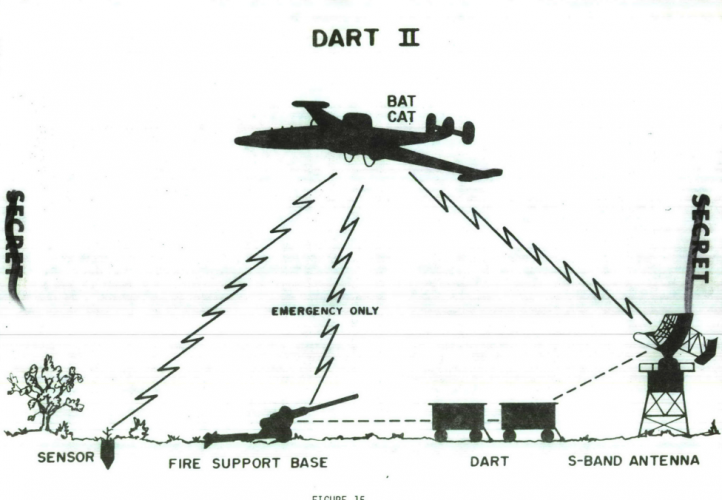
Project CHECO Report on IGLOO WHITE via Wayback Machine
Last edited:

